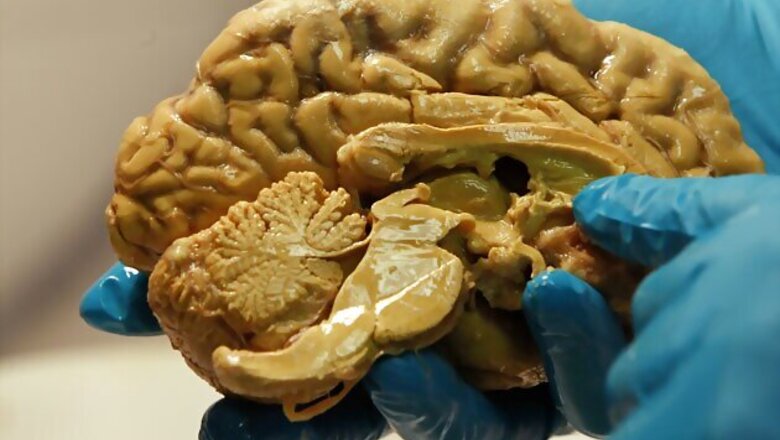
views
Tel Aviv: Glia cells, derived from the Greek word for glue, hold the brain's neurons (cells) together and protect the cells that determine our thoughts and behaviours.
Researchers say that glia cells, which had long puzzled scientists, are central to the brain's adaptability, learning and information storage.
Actually, glia cells do much more than hold the brain together, says doctoral student Maurizio De Pittà of Tel Aviv University (TAU) Schools of Physics and Astronomy and Electrical Engineering. A mechanism within the glia cells also sorts information for learning purposes, the journal Public Library of Science reports.
"Glia cells are like the brain's supervisors. By regulating the synapses (junctions of nerve cells), they control the transfer of information between neurons, affecting how the brain processes information and learns," De Pitta adds, according to a Tel Aviv statement.
De Pittà's research, supervised by Eshel Ben-Jacob, along with Vladislav Volman of the Salk Institute and the University of California-San Diego and Hugues Berry of the Universite de Lyon in France, has developed the first computer model that incorporates the influence of glia cells on synaptic information transfer.
The model can also be implemented in technologies based on brain networks such as microchips and computer software, says Ben-Jacob says, a professor and aid in research on brain disorders such as Alzheimer's disease and epilepsy.


















Comments
0 comment